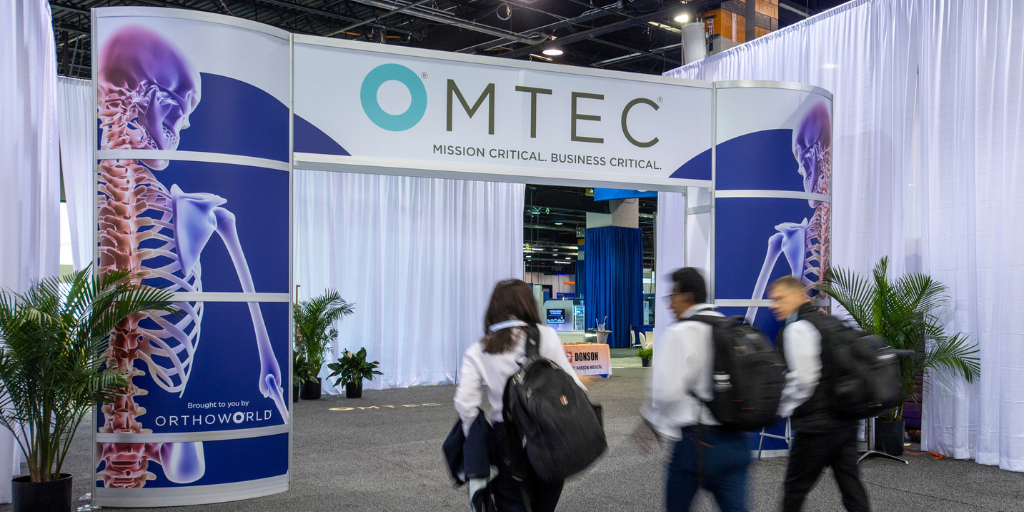Surgical Tray Design and the Importance of Embedded Graphics
In the realm of medical equipment manufacturing, the design and production of surgical cases and trays demand precision, innovation, and a keen understanding of both medical and ergonomic requirements.
July 8, 2024
At Cretex Medical | rms, we excel in crafting solutions that not only meet but exceed the expectations of our partners in the healthcare industry.
In the realm of medical equipment manufacturing, the design and production of surgical cases and trays demand precision, innovation, and a keen understanding of both medical and ergonomic requirements. At Cretex Medical | rms, we excel in crafting solutions that not only meet but exceed the expectations of our partners in the healthcare industry.
Tailored Design Approach
Each project undertaken by our Medical Metals Business Unit begins with a dedicated New Product Introduction (NPI) team. Comprising of a Project Manager, Manufacturing Engineer, and Quality Engineer, this team collaborates closely with customers to grasp their unique needs and translate them into meticulously designed surgical trays. Our in-house CAD Designers and Graphic Artists further ensure that every detail aligns seamlessly with customer specifications, including the incorporation of embedded graphics that adhere strictly to brand guidelines.
Enhancing Efficiency and Safety
Embedded graphics play a pivotal role in enhancing procedural efficiency and patient safety. By precisely marking the location of each instrument within the tray, these graphics facilitate quicker identification, which reduce the time spent searching for specific tools during surgeries. This efficiency not only streamlines procedures but also minimizes patient anesthesia time, thereby potentially improving overall outcomes.
Moreover, the layout and graphics serve as an instant quality check post-surgery, ensuring all instruments are accounted for before and after procedures. This meticulous approach extends to the materials used, selected to meet the stringent cleaning requirements of various healthcare settings globally.

Types of Embedded Graphics
Cretex Medical | rms offers three advanced techniques for applying graphics: anodization, laser-marking, and silk-screening, each tailored to meet specific project needs.
- Anodization: Utilizing a sublimation process, anodization creates a durable oxide layer on metal surfaces, allowing for vibrant, permanent graphics that resist corrosion, abrasion and contamination. At Cretex Medical | rms, we can deliver products with a thicker oxide layer than is standard. The thicker layer means increased saturation to achieve the exact shade of the desired color every time.

- Laser-Marking: This method employs concentrated light beams to etch precise graphics onto surfaces, providing clarity and durability suitable for intricate designs, data matrixes and other variable data needs.

- Silk-Screening: By transferring ink through a mesh screen and permanently boding it to the surface with heat, silk-screening offers durable and long-lasting high-quality graphics.

Commitment to Excellence
At Cretex Medical | rms, our commitment to excellence extends beyond product design. We pride ourselves on fostering lasting partnerships built on reliability and precision. Our ability to deliver on-time, on-spec products is unmatched, ensuring our partners meet critical deadlines and maintain their competitive edge in the healthcare market.
The integration of embedded graphics in surgical tray design not only enhances organizational efficiency and patient safety but also underscores our dedication to innovation and customer-centric solutions at Cretex Medical | rms. With our expertise and advanced technology, we stand ready to meet the diverse needs of the healthcare industry, delivering products that exceed expectations and advance medical care worldwide.


![Emily Graba and Rona Gungon attend the[PACK]out 2024](https://blog.cretexmedical.com/hubfs/the%5BPACK%5Dout.png)
